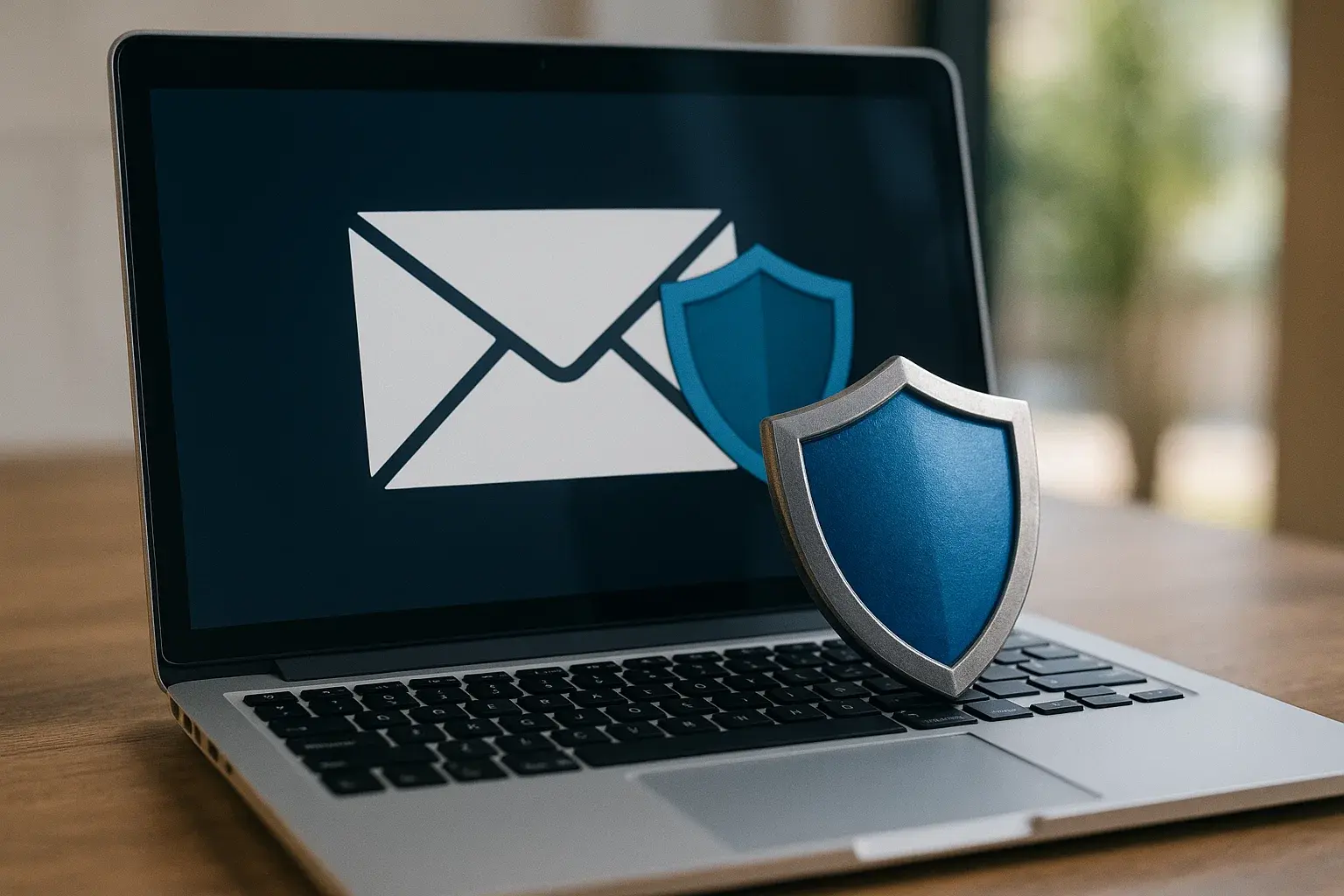Email remains the favorite channel for cybercriminals. And it’s no coincidence: behind a simple message can hide phishing attacks, credential theft, malware, or multimillion-dollar frauds like Business Email Compromise (BEC).
That’s why I want to talk to you about a concept that’s changing the game in enterprise protection: integrated cloud email security. At TecnetOne, we explain it clearly, with real examples and practical tips to help you understand why this approach is more robust than traditional Secure Email Gateways (SEGs) — and how to choose the best solution for your organization.
What Is Integrated Cloud Email Security?
Integrated cloud email security is a modern approach that combines multiple protection technologies, artificial intelligence, and advanced practices to secure communications in environments like Microsoft 365 or Google Workspace.
The main difference from legacy gateways is that it goes beyond spam filters or antivirus tools. It deeply analyzes the entire email ecosystem, including internal employee-to-employee traffic — which older systems often ignored.
Additionally, it’s not just about blocking threats — it integrates with tools like EDR (endpoint detection and response), backups, and Data Loss Prevention (DLP) to ensure early detection and immediate recovery in case of data loss or corruption.
Why Is Email Still the #1 Attack Vector?
With over 376 billion emails sent daily in 2025 (according to The Radicati Group), email is a goldmine for cybercriminals. Why? Because it’s the most direct way to reach your most vulnerable asset: people.
- The human factor: According to Verizon, 60% of breaches involve a mistaken click.
- Scalability: Attackers can send thousands of malicious emails with minimal effort.
- Direct access: Especially to sensitive roles like finance or executives.
- Data concentration: Platforms like M365 and Google Workspace hold critical information.
A successful email attack can lead to financial loss, regulatory fines, data breaches, and long-term reputational damage.
Read more: 3AM Ransomware Uses Spoofed IT Calls to Hack Networks
Six Email Threats You Can’t Ignore
At TecnetOne, when we onboard new clients, we always begin by explaining the most common risks:
- Phishing: Fake links or sites impersonating trusted brands (14% of breaches).
- Business Email Compromise (BEC): Fraud where an attacker impersonates an executive or supplier to request urgent wire transfers.
- Malware and ransomware: Hidden in attachments, macros, or compromised websites.
- Spoofing and quishing (QR phishing): Especially effective on mobile, where validating links is harder.
- Account Takeover (ATO): Attackers steal credentials, hijack real accounts, and launch attacks from within.
- Data exfiltration: Whether accidental or intentional, sending sensitive data outside your organization is a major risk.
Security Solutions: From Past to Present
There are various approaches, each with pros and cons:
- Secure Email Gateways (SEGs): Traditional filters between the internet and your server. Good at blocking spam, but blind to internal traffic.
- Cloud-native security (API-based): Directly integrated into Microsoft 365 or Google Workspace. Can detect attacks even after email delivery.
- DLP (Data Loss Prevention): Detects and blocks the exfiltration of sensitive data.
- MDR (Managed Detection and Response): A 24/7 human-led team that monitors, analyzes, and responds to incidents.
The challenge? Many companies use fragmented tools, leaving security gaps and slow processes. The trend is clear: consolidate into a unified, integrated platform.
Key Technologies Behind the New Generation of Email Security
- CPU-level analysis: Blocks zero-day exploits before they execute.
- Dynamic sandboxing: Extracts and inspects hidden attachments in isolated environments.
- Image and URL recognition: Detects fake pages and malicious QR codes.
- AI and machine learning: Identifies suspicious patterns in BEC and abnormal behaviors.
- Global threat intelligence: Malicious domains are blocked globally as soon as they’re detected in any region.
Similar titles: Acronis Email Archiving for Microsoft 365
Best Practices You Can Apply Today
- Use strong, unique passwords — supported by password managers.
- Always enable multi-factor authentication (MFA).
- Implement DLP policies to prevent data leaks.
- Never open links or attachments unless they’ve passed through a sandbox.
- Train your team regularly with phishing simulations.
- Patch vulnerabilities as soon as updates are available.
- Centralize alert visibility to reduce response times.
TecnetOne’s Role
At TecnetOne, we understand that especially small and midsize businesses can’t afford to manage dozens of disjointed security tools. That’s why we focus on unified security platforms — easy to manage and capable of immediate recovery.
We help you:
- Deploy advanced email security for your cloud platform.
- Integrate protection with your endpoints and backups.
- Define clear DLP and access policies.
- Reduce false positives so your IT team doesn’t get overwhelmed.
- Design recovery and incident response plans tailored to your business.
Conclusion
Email will remain cybercriminals' preferred attack vector. And basic spam filters or antivirus tools aren’t enough. The only way to stay ahead is with an integrated, cloud-based, multilayered defense approach that includes instant recovery.
At TecnetOne, we believe digital resilience starts by securing your company’s most-used communication channel: email. If you want to learn how we can help you implement a robust cloud email security strategy, get in touch — and let’s build a safer digital environment together.


